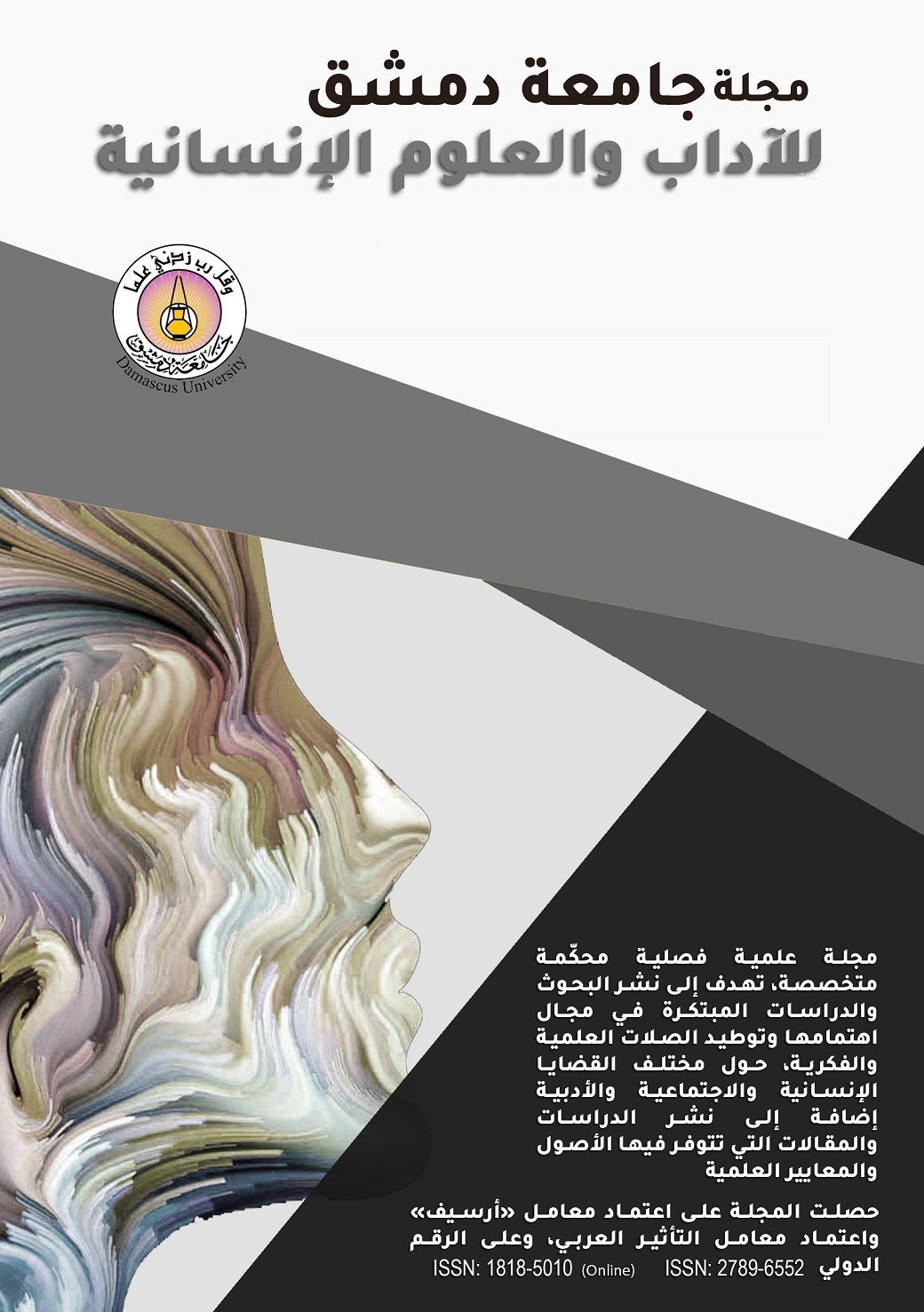The reality of using barcodes in Syrian libraries
Keywords:
Barcode, Rapid Response Code, Syrian LibrariesAbstract
This study deals with the barcode in libraries as the bridge between users and libraries, and to reach the goal of the study, which is to study the reality of the Syrian libraries’ use of the barcode. Rapid response, and the study presented the areas of their use in libraries, and then the study appeared in the practical section, the lack of libraries in using barcodes, it presented the reality of using barcodes in a number of Syrian libraries, and the study concluded that no library in Syria until the date of preparing the study uses a two-dimensional barcode (rapid response code). QRCODE), as for the one-dimensional barcode, there are a small number of Syrian libraries that use it. Perhaps the first reason is that it is not spread because of its costs from a reader, printer, and stickers.
The study recommended, for Syrian libraries that do not have a barcode, to work on the application of a two-dimensional barcode (QR Code technology) without the need to apply a one-dimensional barcode, because a two-dimensional barcode provides and exceeds the capabilities of a one-dimensional barcode, and does not require any additional costs for libraries. The study adopted the descriptive analytical approach as the appropriate approach to the subject of the study, by describing the reality of the use of barcodes in libraries by conducting an interview with those in charge of libraries (the Library of the Ministry of Foreign Affairs and Emigrants, the Library of the Arab International University, the Library of the International Private University for Science and Technology) to know the reality of using the barcode in them .

